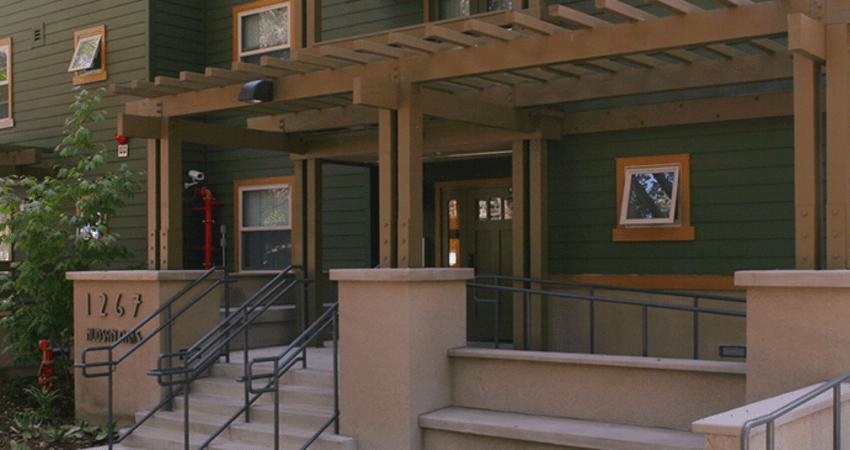
The State of the Nation's Housing 2016
- Title:
- The State of the Nation's Housing 2016
- Author:
- Source:
- Publication Date:
-
2016
Despite signs that the housing market is recovering, homeownership rates remain depressed and rental demand is high, according to research from the Joint Center for Housing Studies of Harvard University. Other housing challenges and consequences documented in The State of the Nation’s Housing 2016 include a rise in cost-burdened renters, high rates of overcrowding among low-income families, trade-offs between housing and other essentials, and a doubling of the number of Americans living in neighborhoods of concentrated poverty. The report uses the most recent available data from the US Census Bureau, the Department of Housing and Urban Development, the Bureau of Economic Analysis, the Bureau of Labor Statistics, the Federal Reserve, CoreLogic, and numerous other sources to develop its analysis.
Major findings on housing markets:
- Multifamily starts rose 11.8 percent to 397,300, the highest in 27 years. Single-family starts were also up, rising 10.5 percent to 715,000.
- Sales of both new and existing homes are up. The existing homes inventory remains tight with a supply of 4.8 months.
- The inventories of for-sale homes in the low and middle price tiers dropped 9 percent between 2014 and 2015, contributing to a total decline of 38 percent between 2010 and 2015.
- The median price of existing homes rose 6.6 percent to $222,400. Rising home prices have contributed to a reduction in the number of homeowners with negative equity.
Major findings on housing demand:
- Household growth is rising, but the share of millennials living in their parents' home also rose. In 2014, 22 percent of 25-34 year-olds lived with their parents.
- Millennial household formation is projected at 2 million households per year over the next ten years.
- By 2025, the number of households over age 70 is projected to rise 40 percent to more than 8 million.
- More than 75 percent of household growth over the next 10 years is expected to come from racial and ethnic minorities.
- Families with children now make up 31 percent of renters and 27 percent of homeowners.
Major findings on housing access and affordability:
- 21.3 million renters were housing cost burdened in 2014, a record high.
- Seventy percent of households with incomes less than $15,000 per year spend more than half of income on housing--a situation known as "severe housing cost burden."
- Low-income households with severe housing cost burden spend 41 percent less on food and 74 percent less on healthcare than their peers without housing affordability challenges.
- Nine percent of very-low-income renters with severe housing cost burden reported that they were likely to be evicted within two months.
- More than one-third of renter households earn less than $25,000 per year.
- Nearly two in ten larger renter families (those with four or more people) lived in crowded conditions in 2013. Among the very low income population, overcrowding rates rise to one in four.
Major findings on neighborhoods:
- In 2014, 13.7 million Americans lived in neighborhoods with a poverty rate of at least 40 percent. In 2000, just 6.5 million Americans lived in such highly concentrated poverty.
- Families have become less likely to live in middle-income neighborhoods over the past four decades. Between 1970 and 2012, the share of families living in middle -income neighborhoods is down 24 percentage points. The share living in low-income neighborhoods is up 11 percentage points, and the share living in high-income neighborhoods is up 13 percentage points.


